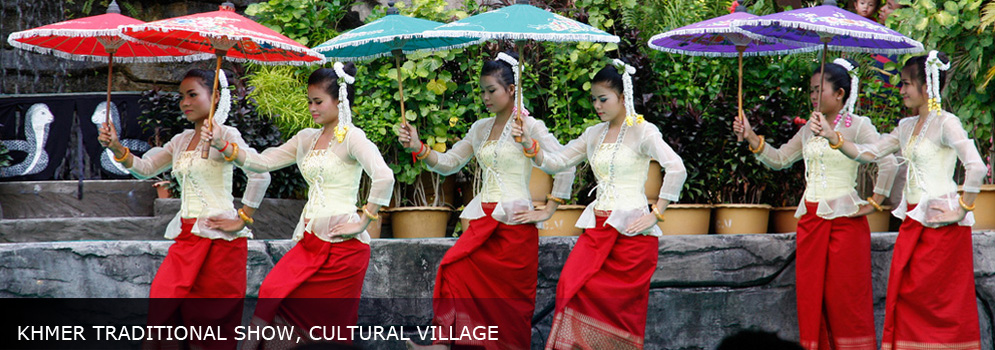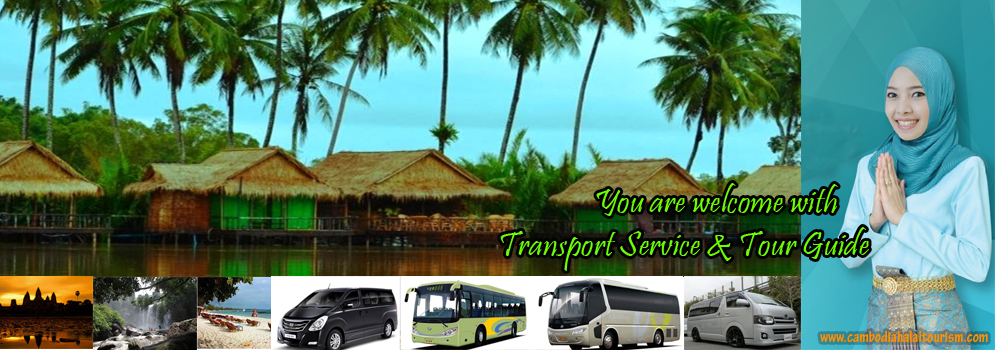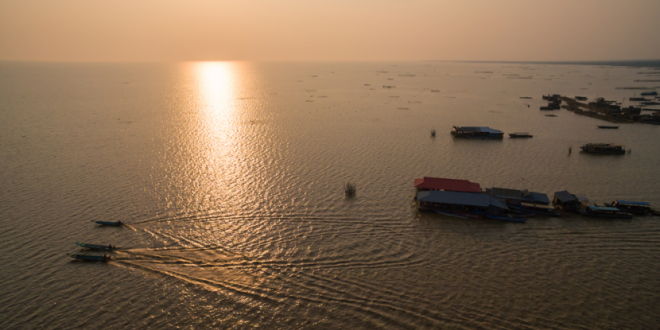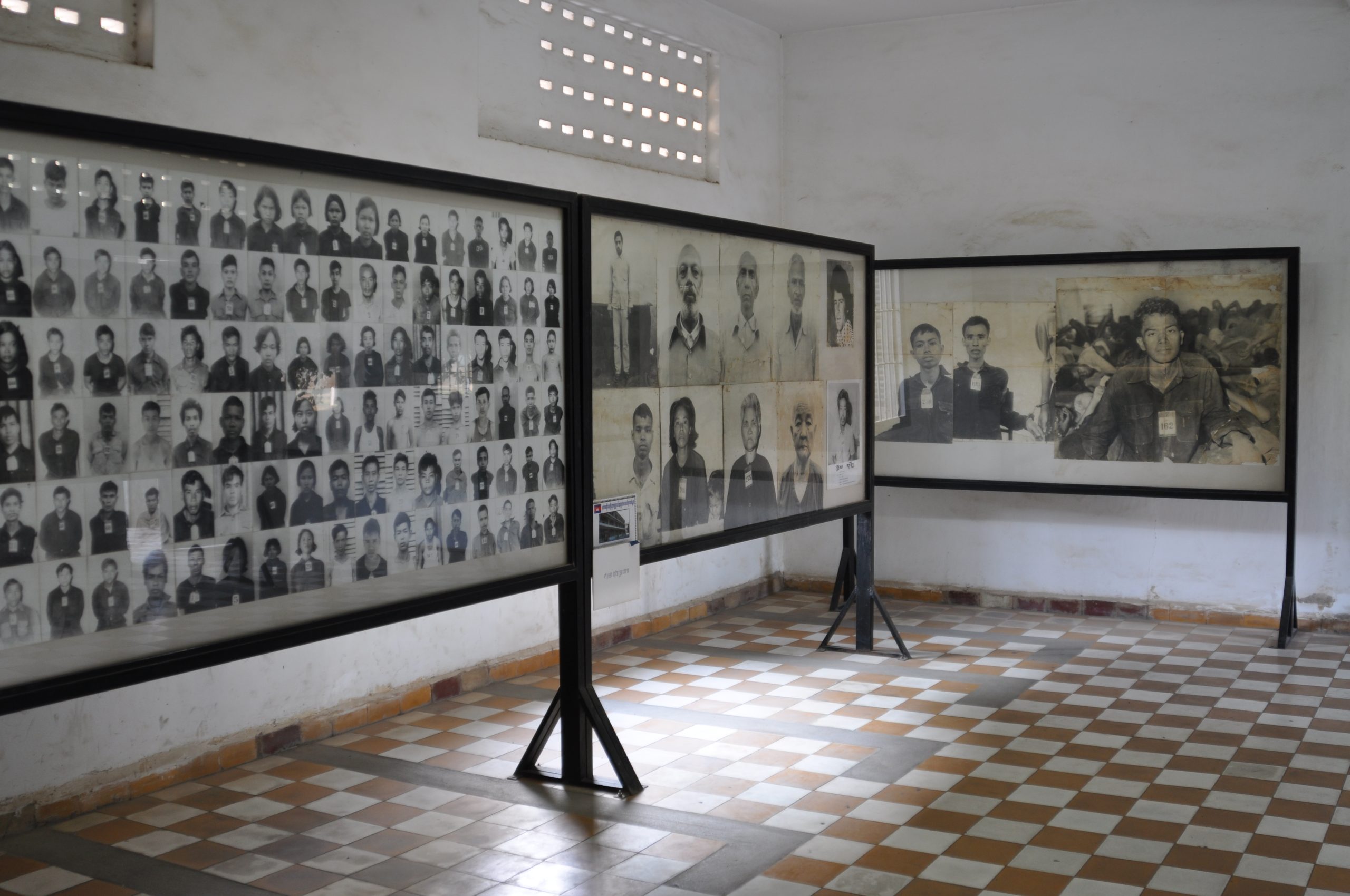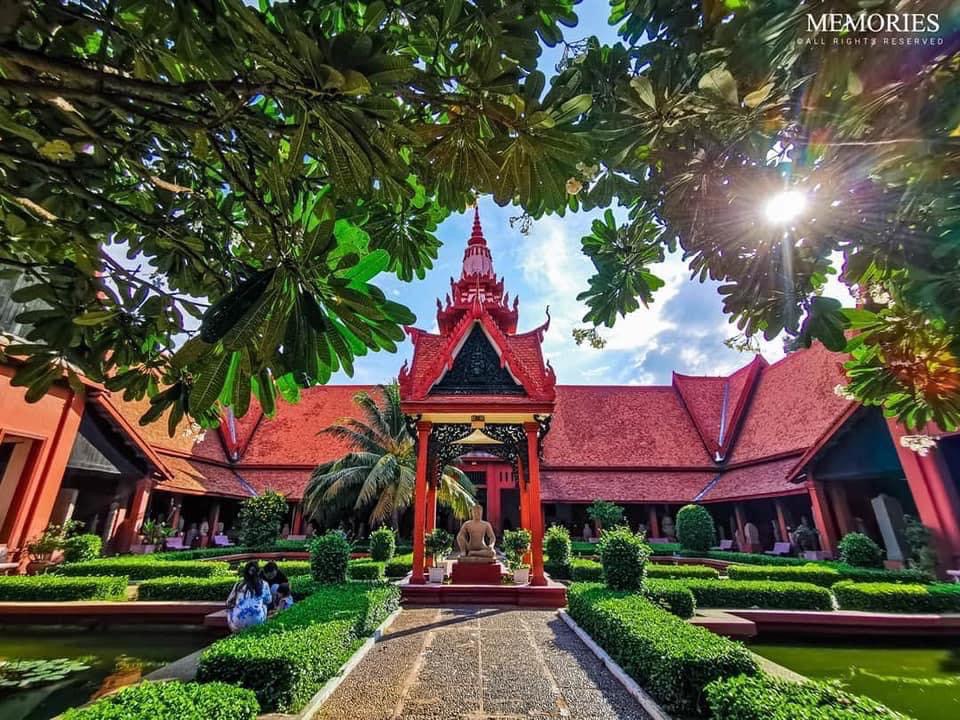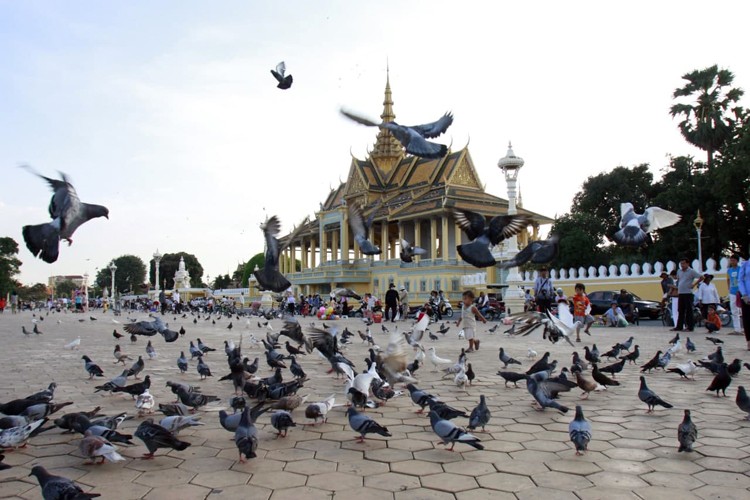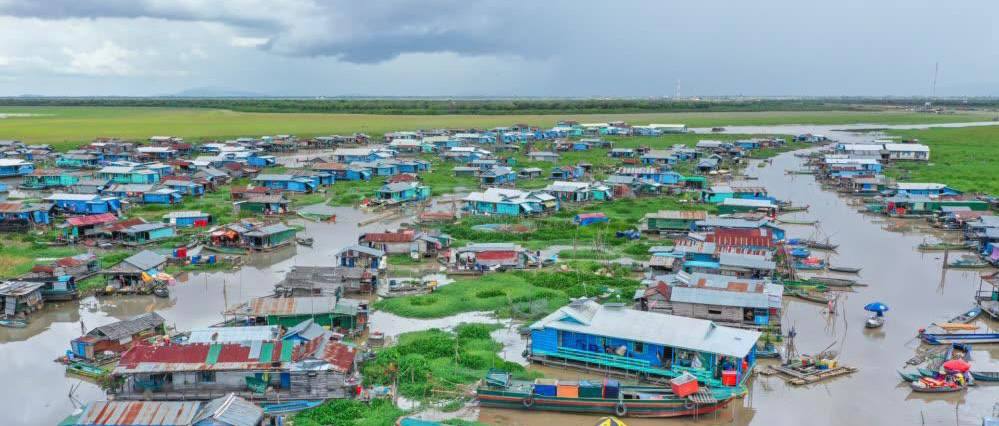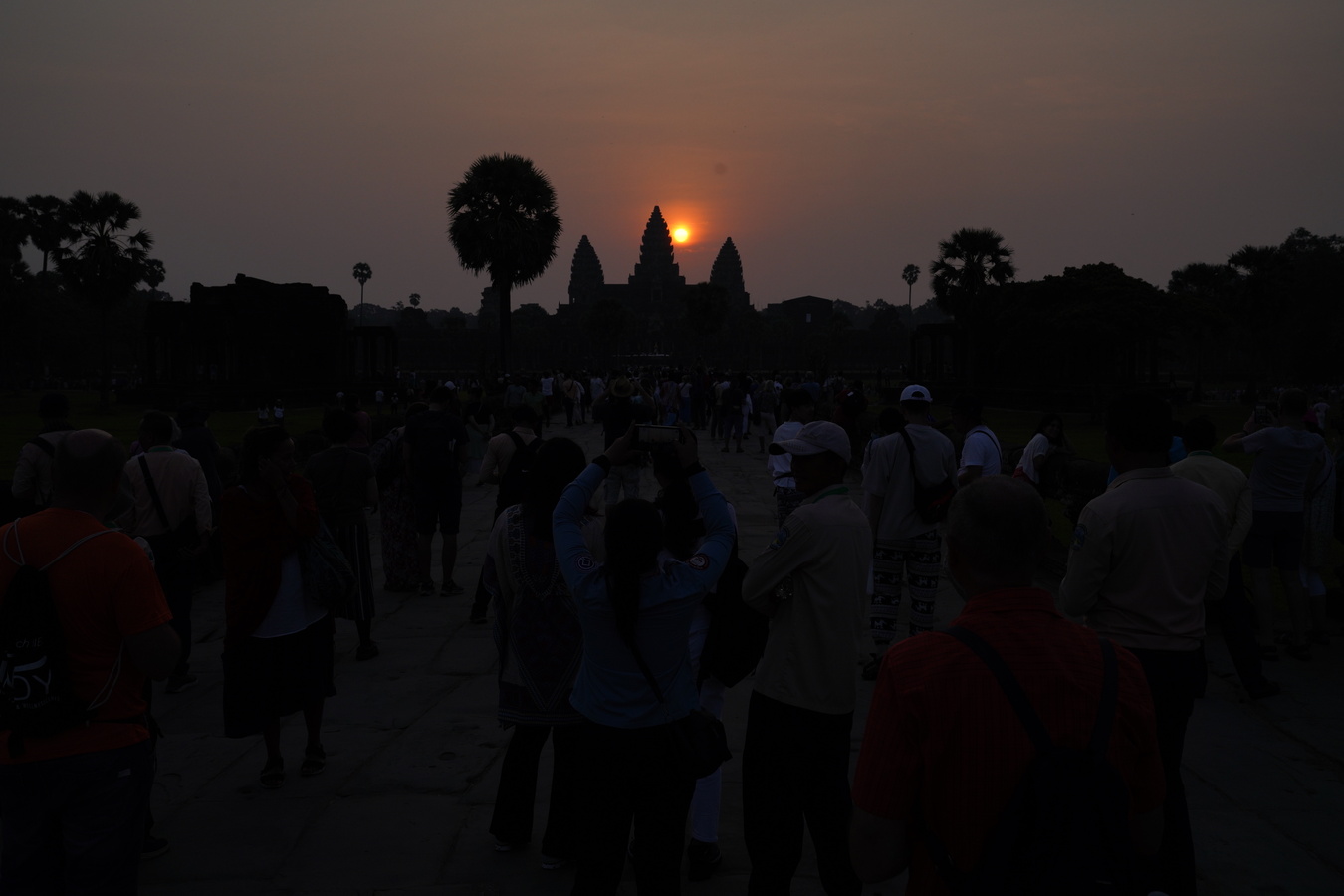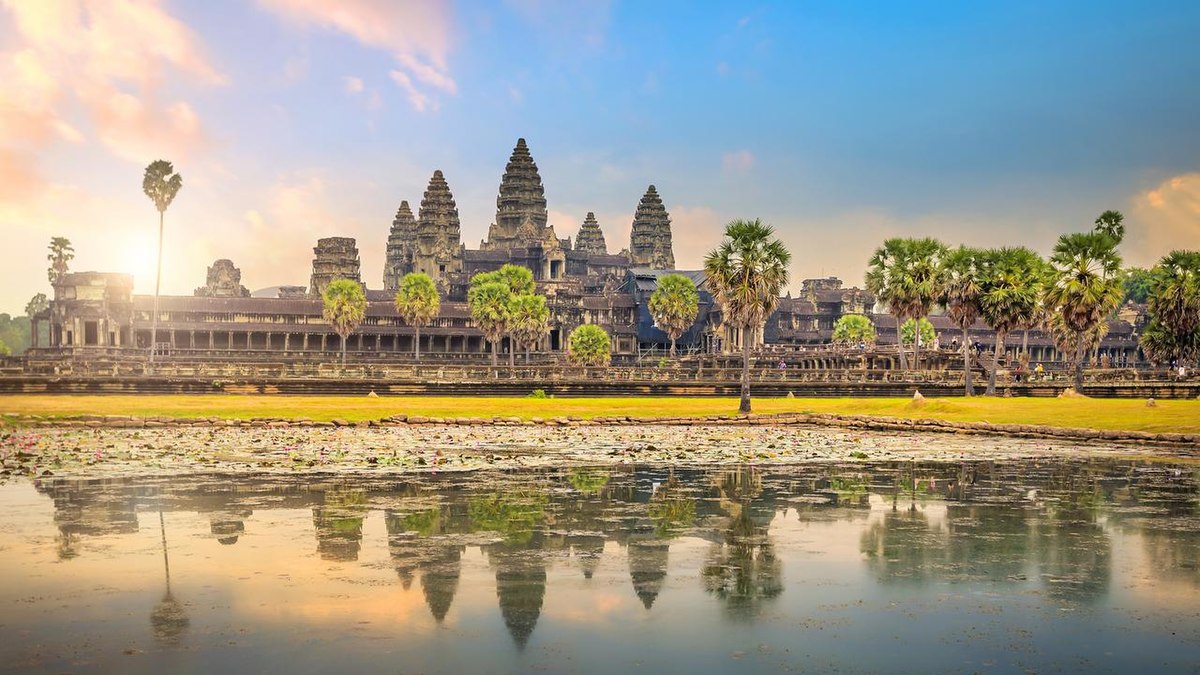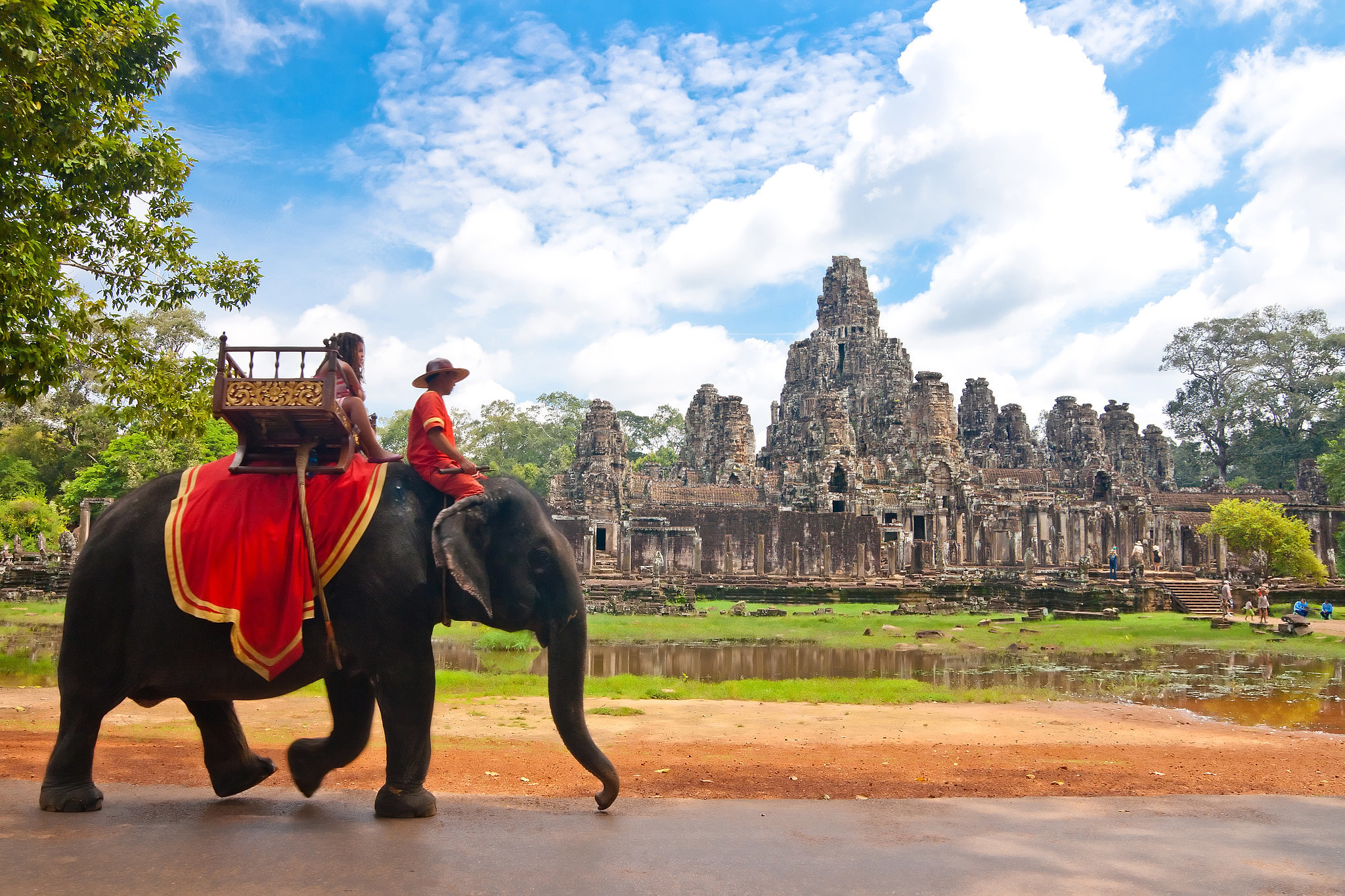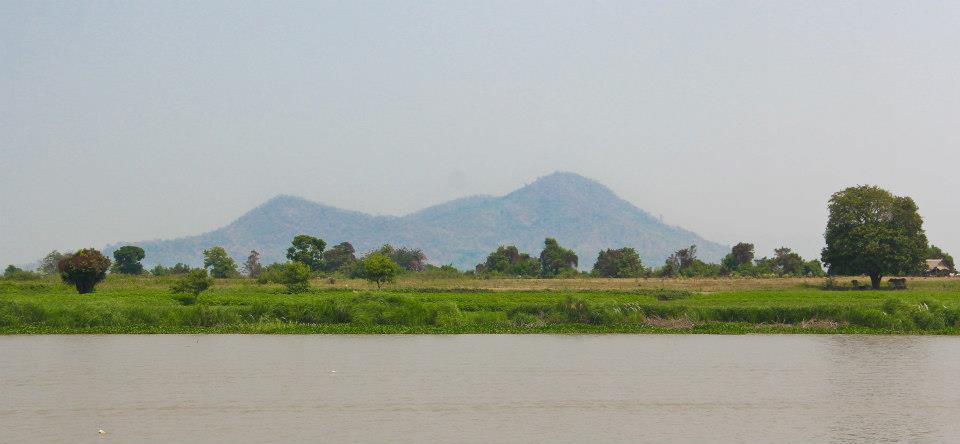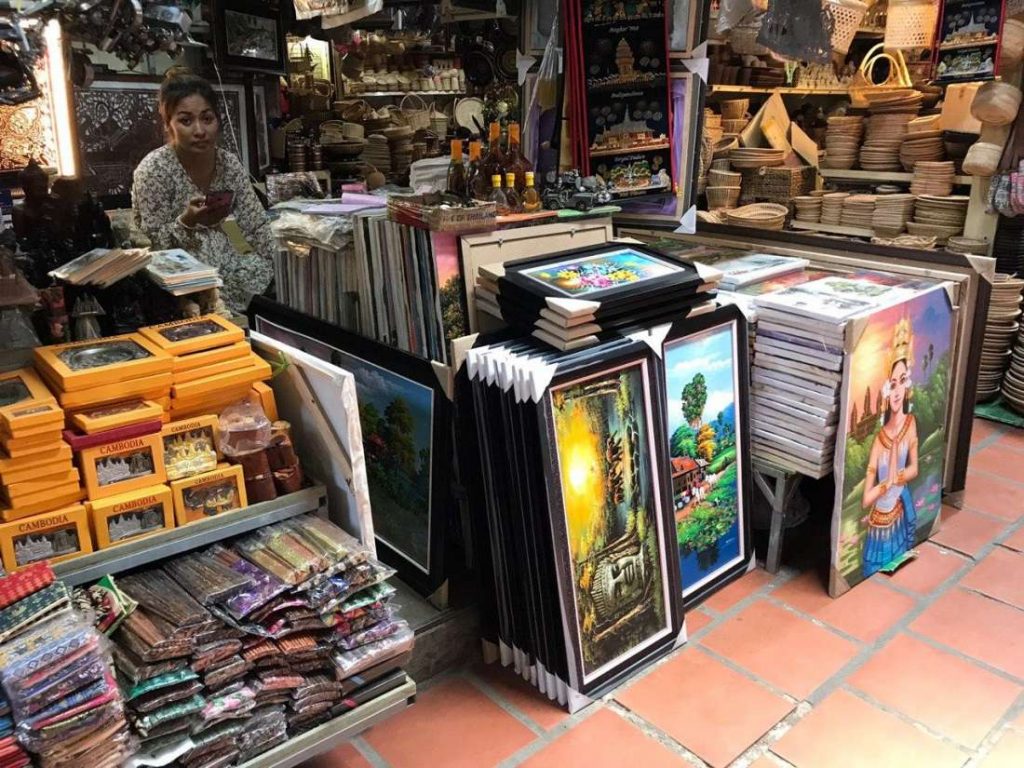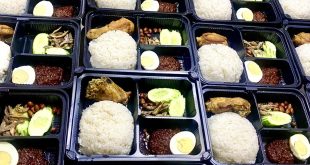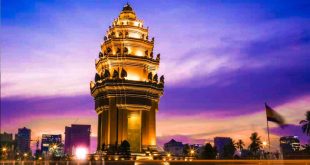Halal Tourism (Cambodia)
Phnom Penh, May 16th, 2023 —
Experience an all-encompassing adventure through Cambodia
Experience the best of Cambodia on a comprehensive journey to the heart of the country and get to know the people, landscape, customs and cuisine that make Cambodia so incredible. Travel to the French-colonial elegance of Battambang and on to the time-worn grandeur of Angkor Wat. Visit Cambodia’s remote south to discover the magical country of the Khmers. Indulge in heritage and culture on this fascinating 14-day tour through the best of Cambodia.
Why you’ll love this trip
- On our most in-depth trip to Cambodia, take a comprehensive look at the country with a knowledgeable local leader to help you get under the surface and delve deeper into daily life
- Watch the sun rising over Angkor Wat as it did over 800 years ago with your leader. Wander through the amazing ancient temples on a guided tour and with a three-day Angkor pass to cover your whole time in Siem Reap, you can explore this incredible temple complex as much and as often as you like
- Discover the temple ruins at Sambor Prei Kuk and enjoy a village homestay to experience everyday life in rural Cambodia
- Visit the floating villages of Tonle Sap Lake with a guided boat tour through the biodiverse and aquatic heart of Cambodia
- Get familiar with Khmer cuisine with an included visit to the acclaimed pepper plantations of Kampot, a cycling tour of local producers in Battambang and a local village dinner in Sambor Prei Kuk.
Detailed Day Wise Itinerary
Day 1 –Phnom Penh
Sua s’dei! Welcome to Phnom Penh, Cambodia. Your adventure begins with a welcome meeting at 6 pm tonight. If you have free time in the afternoon, perhaps stroll the streets of Phnom Penh and explore the city, taking in the interesting French colonial architecture. The National Museum, with its collection of classic Khmer craftsmanship, is well worth a visit. Consider a visit to Wat Phnom, a peaceful temple situated on a hill for which the city is named. According to legend, a 14th-century woman named Penh found sacred Buddhist objects in the nearby river and placed them here on the small hill. A great way to spend your first evening, after your important meeting, is to stroll along the famous Sisowath Quay and enjoy a coffee at one of the many cafes while observing the busy river traffic.
Day 2 –Phnom Penh
Phnom Penh remains a living relic of the country’s past struggles and successes. Your included visits to the Tuol Sleng Genocide Museum (S21) and the Killing Fields of Choeung Ek tell the story of the tragic legacy of the Khmer Rouge. Tuol Sleng is a former school that served as a Khmer Rouge torture centre, and it’s estimated that more than 20,000 people were held and tortured here. The Choeung Ek Memorial is home to a stupa made up of some 8,000 human skulls, marking the site of the infamous Killing Fields. This was the execution ground for the torture victims of Tuol Sleng, and standing in this peaceful setting it’s almost unthinkable to imagine that to date nearly 9,000 corpses have been exhumed from the area. In the afternoon, consider a visit to the Royal Palace. The private quarters of the Royal Palace are home to King Sihamoni and are closed to the public, but you can visit the Silver Pagoda that lies in the palace complex, which is the most sacred temple in the country. An ideal way to spend your second evening here is to relax in a cafe by the riverfront.
Day 3 –Kampong Cham
This morning, take a private vehicle to Kampong Cham (approximately 3 hours). This city lies on the banks of the Mekong River, and has all of the frontier charm and French colonial character. In the afternoon, head to Koh Pen Island and hop on a bike to cycle on the island, passing authentic traditional Khmer wooden houses, farms of banana, corn and tabacco, and you may even see the bamboo bridge during dry season. It’s truly a great opportunity to learn about local life.


Day 4 –Sambor Prei Kuk
Travel by private vehicle to Sambor Prei Kuk and your homestay (approximately 3 hours). You will embark on a tour of the village with your local guide. The guide will introduce you to the way of life of the local people, your homestay facilities and your hosts for tonight. Facilities are simple at your homestay, but this is a fantastic opportunity to experience everyday life in rural Cambodia. The temple ruins at Sambor Prei Kuk nearby are some of the oldest in the country (dating back to the 6th century) and are well worth a visit. In the evening, relax and unwind as you enjoy a traditional Khmer Mulsim dinner with your host family.

Day 5 – SiemReap
Travel by private vehicle to Siem Reap today (approximately 3.5 hours). On the way, stop at Kampong Pluck and change gear to board on a local boat and visit the floating villages at Tonle Sap Lake. Pass by admin offices, school, houses on stilts rise up 7 meters lining the water way, paddle beneath the flooded forests and understand the intricate life and bond between the lake and the local communities.Then continue to Siem Reap, the small but expanding town that is the gateway to Angkor. This is the most popular destination for travellers in all of Cambodia, perhaps even in South East Asia. You’ll probably notice a change of pace here, so take a walk and enjoy the atmosphere. A visit to the old market is a must, even if you’re not looking for souvenirs; wandering through the stalls and surrounding shops, the silks, cottons, sarongs, silver and statues are a riot of colour and a feast for the eyes. There’s also a long tradition of shadow puppetry in the region, and if you’re lucky you might catch a show at one of the local restaurants in the evening, perhaps while you’re eating the speciality cuisine of Cambodia.
Day 6 – SiemReap-Angkor Wat
Day 7 – SiemReap-Angkor Wat
Continue your exploration of the Angkor Complex this morning on a half-day tour. The constructions you’ll see yesterday and today include the eponymous Angkor Wat, the largest and most complete structure, and the only one of Angkor’s temples that has its entrance facing west – the others face east. Then there is Angkor Thom, the ‘Great Royal City’, a temple that is famous for its series of colossal human faces carved in stone. Of all the temples visited, Bayon temple is the centrepiece, with over 200 smiling carved faces and more than 50 gothic towers. You’ll also visit Ta Prohm temple, where nature has taken over again and large trees are embedded in the stone foundations of the structure. Your afternoon will then be free and there are some optional activities to keep you busy. If you feel like some adventure, maybe do the Angkor zip-line course, which gives you a birds-eye view of the beautiful rainforest – and an adrenaline rush, of course. You could get to the heart of Cambodia through its food with a cooking class. Another option is to visit the sobering Landmine Museum. It’s located a little further afield but is well worth the journey.
Day 8 –Battambang
Today, travel to Battambang, Cambodia’s second-largest city. Battambang (pronounced Battambong), is a pretty riverside town of French elegance, friendly Khmer people and beautifully preserved colonial architecture. The city is famous for its many statues of animals and divinities that decorate the streets and buildings. The city lacks the traffic of Phnom Penh and the visitor numbers of Siem Reap, so it’s a great place to get a real slice of Cambodia. With a free afternoon, you may wish to visit the hilltop Wat Banan temple, offering 360-degree panoramic views over the Sang Ke River. There are also the Killing Caves of Phnom Sampeau, which are well-worth the sobering experience. In the evening, perhaps walk along the riverfront where locals indulge in hobbies such as yoga and folk dancing.

Day 9 –Battambang
This morning, enjoy a half-day bike trip through the beautiful surrounding countryside of Battambang andRide the bamboo train. Stop along the way to discover the local rural way of life, discovering small cottage industries producing sticky rice, noodles, and fish paste. There are a number of activities for your free afternoon today. You can see students rehearsing in their circus and music school, and young painters at work in visual arts (open on Mondays and Thursdays). There’s also an optional cooking class to learn the secrets of local dishes such as amok, Khmer curry, and fried spicy chicken.
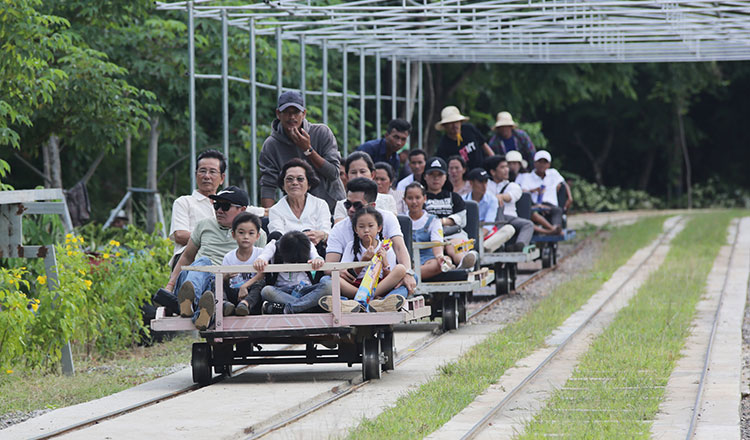
Day 10 –Kampong Chhnang
Embark on a 3.5-hour journey from Battambang to Kampong Chhnang – located near the mouth of the Tonle Sap Lake where it meets the river of the same name. Head to a pottery workshop, where you’ll learn the traditional ways in which locals create the pottery, and have a chance to try it out, if you’d like! In the evening, there is the option to enjoy dinner at a local home. Speak to your group leader if you would like to organise this.
Day 11 –Kampot
Take a private vehicle to Kampot (approximately 4.5 hours) – one of Cambodia’s most attractive old towns. Famous for its pepper, Kampot supplied most French restaurants with this vital spice for many years during colonial rule. Today, the region is more renowned for its plantations of durian, a spiky, pungent fruit that you’ll either love or hate – try it if you dare! In some free time, you might choose to stroll along the riverside and observe the French colonial architecture or have a cup of coffee on the veranda of one of the riverside restaurants and admire the view of Bokor Mountain Range. A traditional massage is also highly recommended. Certainly, one of the most enjoyable ways of supporting a local charity, you change into loose cotton pajamas before putting yourself in the capable hands of one of the blind masseurs or masseuses. In a country with no social security, the training and support provided by the centres such as Seeing Hands allows blind Cambodians to support themselves with dignity.


Day 12 –Kampot
Enjoy a day out in the countryside, giving you the opportunity to discover the jewels of the Kampot Province. Visit the Pepper Project and learn why Kampot pepper has been acknowledged by international chefs as the world’s best. Also visit the Kampot salt field – the only salt field in Cambodia. A short walk through the rice fields and a climb provides a lovely outlook over the surrounding countryside. A few steps later and you enter the mouth of Phnom Chhnork limestone cave that has a small 7th century brick temple inside it. Explore the old buildings near Kep’s oceanfront. The town used to be Cambodia’s most popular and prestigious beach town from the early 1900’s until the 1960’s. During the Khmer Rouge years, many of Kep’s mansions and villas were destroyed, but the ghostly remains of many still stand as a silent reminder.



Day 13 –Phnom Penh
This morning you’ll leave Kampot and take a private vehicle back to Phnom Penh (approximately 4.5 hours). the afternoon and evening for further exploration, or maybe some last-minute shopping. Perhaps take a walk on the riverfront at the Chatomok, where the Tonle Bassac, Tonle Sap and Mekong Rivers meet. Perhaps end your Cambodian journey by joining your fellow travellers for dinner – in the early evening market stalls set up selling delicious local specialties.
